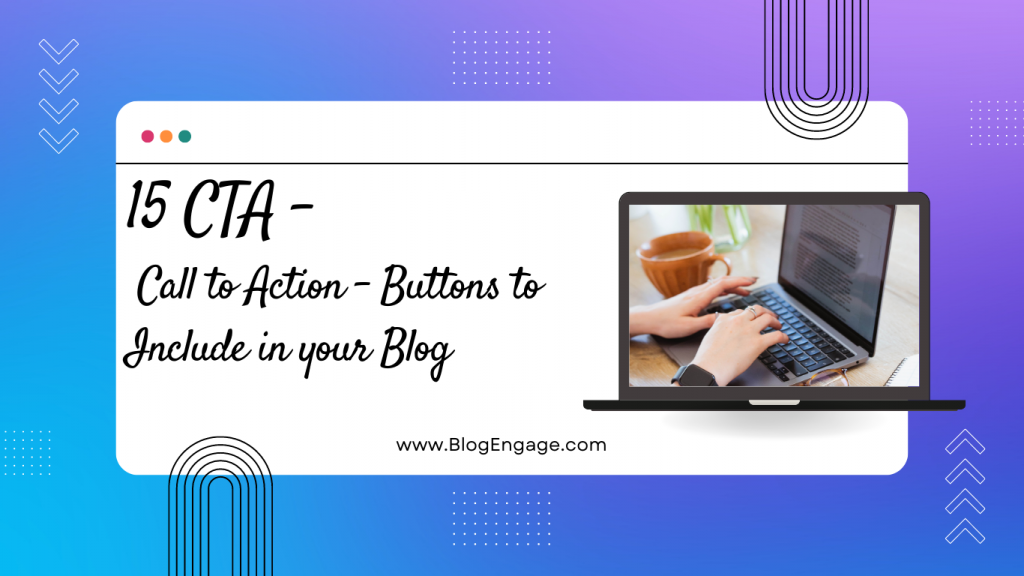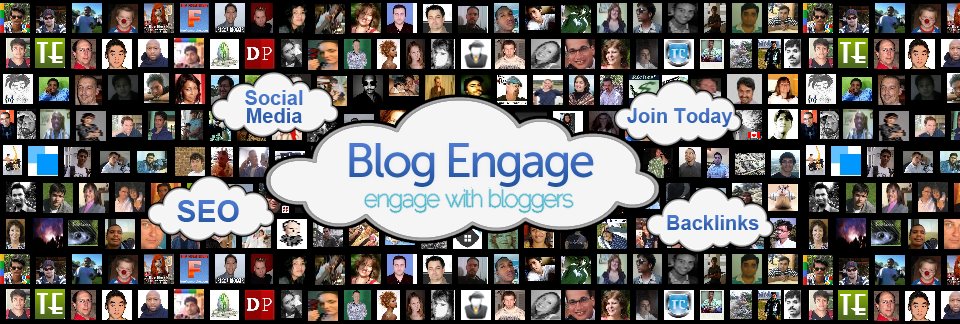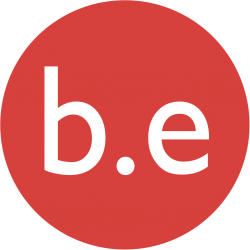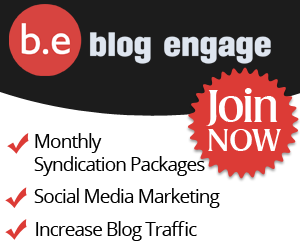Blogging can be done for fun; it can be your hobby. One can blog without really expecting anything to gain out of it.
If you are blogging without any purpose of gain then CTAs aren’t a big concern for you. However, most people and businesses blog to get some sort of benefit out of it. It can be monetary, subscriptions, promotions etc. and for such targets, it is important to set up some buttons that calls for an action from your blog visitor.
In this article, we will discuss several CTAs and where to place them in your blog to get the maximum benefits.
1. The sidebar social media connect CTA: The top section of the sidebar is an important place. Most readers glance at this section before scrolling down into the content. At the top, just after the about page teaser details, if you place your social media connect buttons and link to your social profiles then plenty of blog readers will start following you on the social media.
2. The footer eBook download box: The footer section of a blog is a place which is optimized for conversion. Most readers who have bothered to read the article to the very end are already happy with your content and want to get more information if possible. In such a situation if you have an eBook with further relevant information then the reader will surely download your eBook and signup to your newsletter in the process.
3. Exit Intent Popup: Among the several email signup boxes, the exit intent has so far been the most effective one. Here, the user is going to leave the site anyway, so why not offer something to keep him connected with your blog. If the user drops his email id, even if he leaves the site at that point of time, you can still reach him by your newsletters.

4. Author Bio Optimization: Author Bio section is a place at the end of your blog post that tells the reader more about the author of that post. Mostly it contains a few lines about the author and has some links that goes to the site and the social profiles of the author. This space too can be optimized with text and links that attracts the users and make him take an action.
5. Email Signup Footer Box: An email signup box with a content upgrade, mostly in the form of an eBook is an easy way to gain your visitors email. This form of email marketing is clean because it does not forces the user and simply presents this signup form in an idle way and waits for the user to take the action by himself.
6. Various In-Line CTAs: In the article itself some form of CTAs can be added which will both blend neatly and at the same time it will be relevant as it is contextual. If the readers are hooked into the content, such call to actions become very powerful as they can get the users to take instant actions and yet, keep them on site for further content consumption.
7. Banner CTAs: Graphical banners can be added throughout the article and such banners can be linked to relevant pages where the users can take further action. Banners are a helpful medium to present content and since they are graphic rich, they can easily attract the visitor’s eye.
8. In-Post small landings: While entire landing pages are built to get more out of PPC ads, small sized landings which are optimized with an email signup form, a small excerpt and a button that suggests further action can be placed right into the content and the users can interact with this kind of landing while still reading the article.
9. Email Signup in-post: Certain times when the article demands the users participation for updates at a later time, it is always preferable that the users share their email ids to stay updated. In such cases, if the link to the email subscription form is added in the content itself, the users can easily click on it and add their email ids.
10. Share on Social Media: Visitors like to share your content on their social timelines and if there are buttons that suggests social media shares then the chances of getting tweets, likes and shares increases by manifolds.
11. Free Trial Offers: In-Line or banners that offer free trials are often seen to get more clicks. Free itself is a very powerful CTA text. This becomes even more powerful if the offer is relevant to the content the user is reading.
12. Pin it CTA on Images: Most blog posts have multiple images which can all be shared on the social media and especially on Pinterest which is a graphic powered content site. Pinterest has this feature where you can make your images sport a pin it button which gives the users an instant ability to share those images on their Pinterest account.
13. Embedding Tweets in Posts: Any tweet from twitter can easily be embedded within the blog post. Twitter provides codes to do this and all you have to do is to copy the embed code, directly in the blog post. The embedded post includes a tweet, like and share buttons which are strong CTAs for social sharing.

14. Tweetables and Quotes: Quotes, made from Canva for example, is a catchy piece of graphic that includes an image of the person quoted with a small quote text next to it. If you include a tweetable, just below the quote, several users will take the tweet action and the quote will be shared on twitter for future re-shares.
15. Asking to Comment: Certain blog posts attract more comments than others. The trick here sometimes lies with the content writer. If the writer prompts the readers to give their replies or their feedback on the current topic, the chances are high that the reader will drop a comment. Blogging for business makes sense when there are powerful CTAs included in your blog that helps you in boosting conversions. This conversion can mean different things for your business, depending on your objectives. In most cases, getting the reader to leave their email ids on your newsletter subscriptions is considered one of the best conversions. Simply use the power of creating CTAs and make your blog a conversion funnel for your business.




